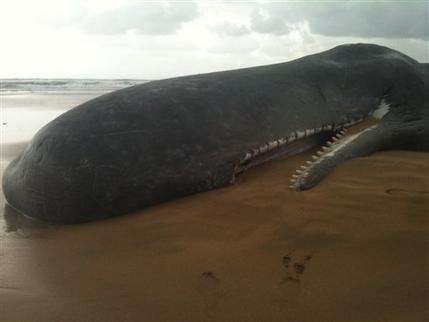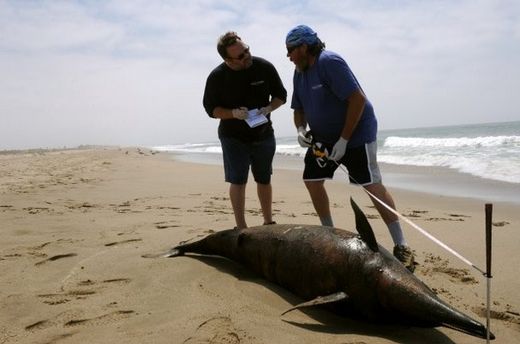
© Georgia TechWhile many animals at the Smithsonian zoo made alarm calls or ran for cover during the quake, their giant pandas didn't seem to notice. Here, a female giant panda at Zoo Atlanta.
People along the East Coast weren't the only ones to feel the 5.8-magnitude earthquake Tuesday, as zoo animals in Washington, D.C., let it be known they felt the vibrations, zoo officials said.
Some of the animals at the Smithsonian's National Zoological Park even shouted alarm calls or ran up trees seconds before the rest of us
felt the shaking.About 5 to 10 seconds before
Tuesday's quake, an orangutan named Kyle and a Western lowland gorilla named Kojo, abandoned their food and climbed to the top of the treelike structure in the Ape House exhibit.
The prequake jitters are not uncommon among animals, with stories and even some science to back them up, suggesting some animals can sense the seismic waves before they do any Earth-shaking.



